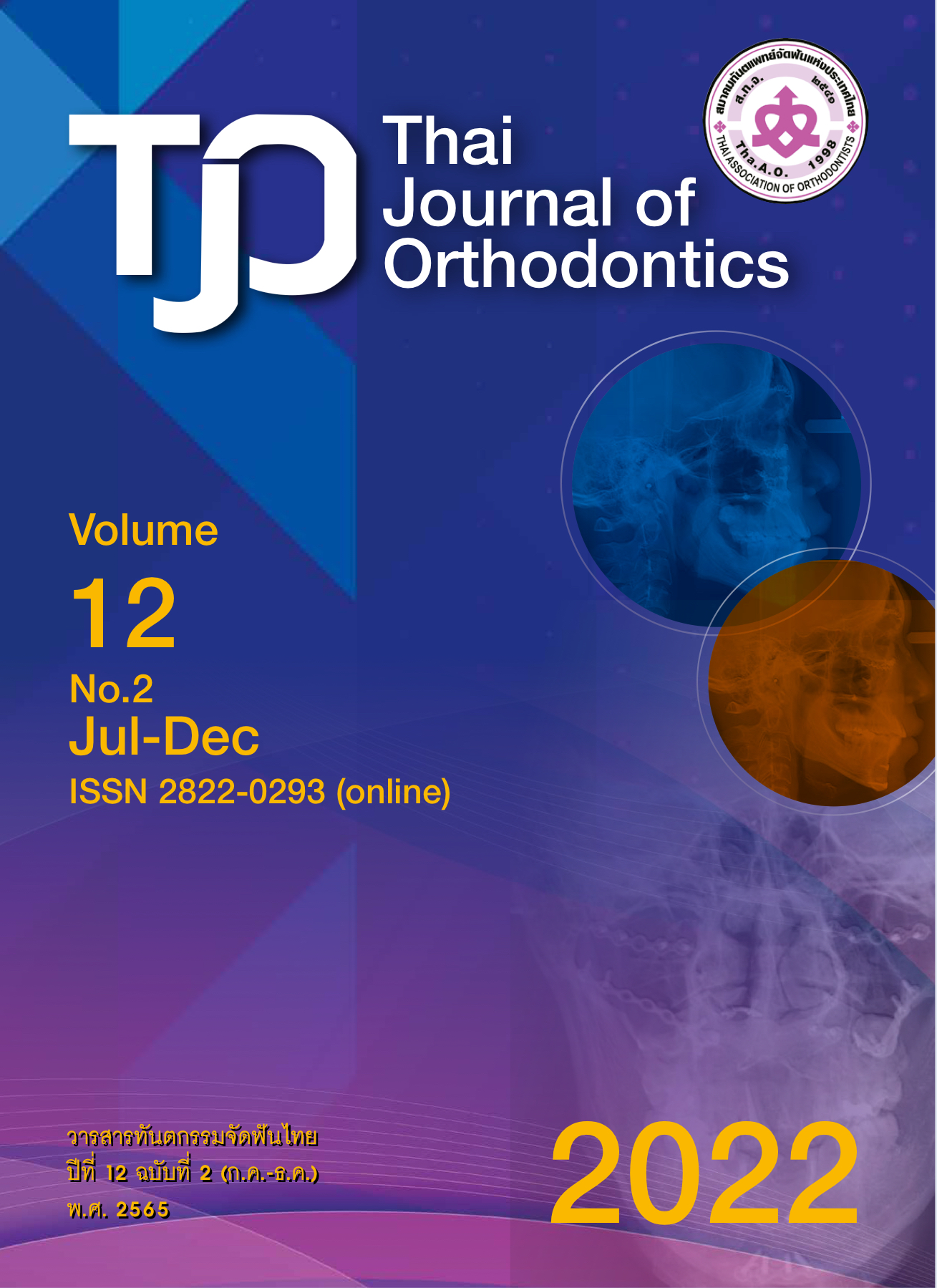Upper Airway Changes after Orthognathic Surgery in Skeletal Class III Mandibular Prognathism Patients
Main Article Content
Abstract
Orthognathic surgical procedures like Le Fort I osteotomy with advancement or bilateral sagittal split osteotomies setback is used to improve facial esthetics, achieve proper functional occlusion of skeletal Class III malocclusion patients with severe skeletal discrepancy. The treatment procedure affects not only hard tissue but also soft tissues like upper airway and there may be change differently at each level of the upper airway between one-jaw and two-jaw surgery. Two-dimensional cephalometric radiographic image is useful for analyzing airway size on the sagittal plane but they have limitations for the three-dimensional evaluation of anatomical structures of upper airway. Therefore, cone-beam computed tomography (CBCT) images enable measurements with less distortion and enlargement of the image, and more accurate analysis, with no limitations in the head and neck positions.
Article Details

This work is licensed under a Creative Commons Attribution-NonCommercial-NoDerivatives 4.0 International License.


